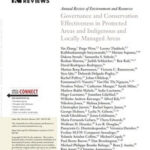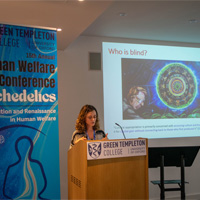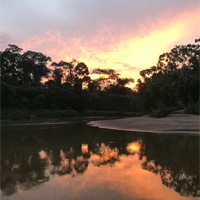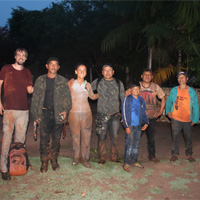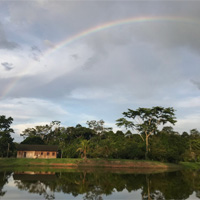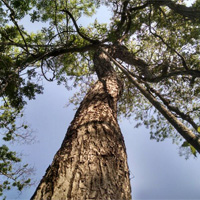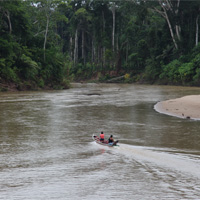Amy E Duchelle, Maron Greenleaf, Denyse Mello, Maria Fernanda Gebara, Tadeu Melo. In Sills, E. et al. (eds.) REDD+ on the ground. A case book of subnational initiatives across the globe. REDD+ on the ground. 1ed.: 2014, v. , p. 33-.
Acre’s State System of Incentives for Environmental Services (SISA) is known as the world’s first jurisdictional REDD+ program. It was created through State Law 2.308 (Government of Acre 2010), which was passed in October of 2010. This law was preceded by more than a decade of sustainable forest-based development policies in the state, notably the Ecological–Economic Zoning (ZEE) and the Valuation of Forest and Environmental Assets Policy (Valuation) (EDF n.d.). The ZEE was passed into state law in 2007 and provides the basis for sustainable forest management activities in forested areas, and the regulation of economic, land use and planning activities on already-deforested lands. The Valuation policy, which stems from the ZEE and began in 2008, comprises diverse governmental actions, programs and projects that aim to promote the sustainable use of natural resources and adequate territorial management. The ecosystem services included in SISA are carbon sequestration, maintenance of water and hydrological services, conservation of soils, conservation of biodiversity, and valuation of traditional knowledge, most of which do not yet have specific regulations. The carbon sequestration program, called ISA-Carbono, is the first to be implemented under SISA. Its general objective is to reduce GHG emissions from deforestation and degradation, following the State Plan for Control and Prevention of Deforestation. Through 2014, it has been implemented primarily through the state’s existing policies and programs to reduce deforestation – including the ZEE and the Valuation policy.





